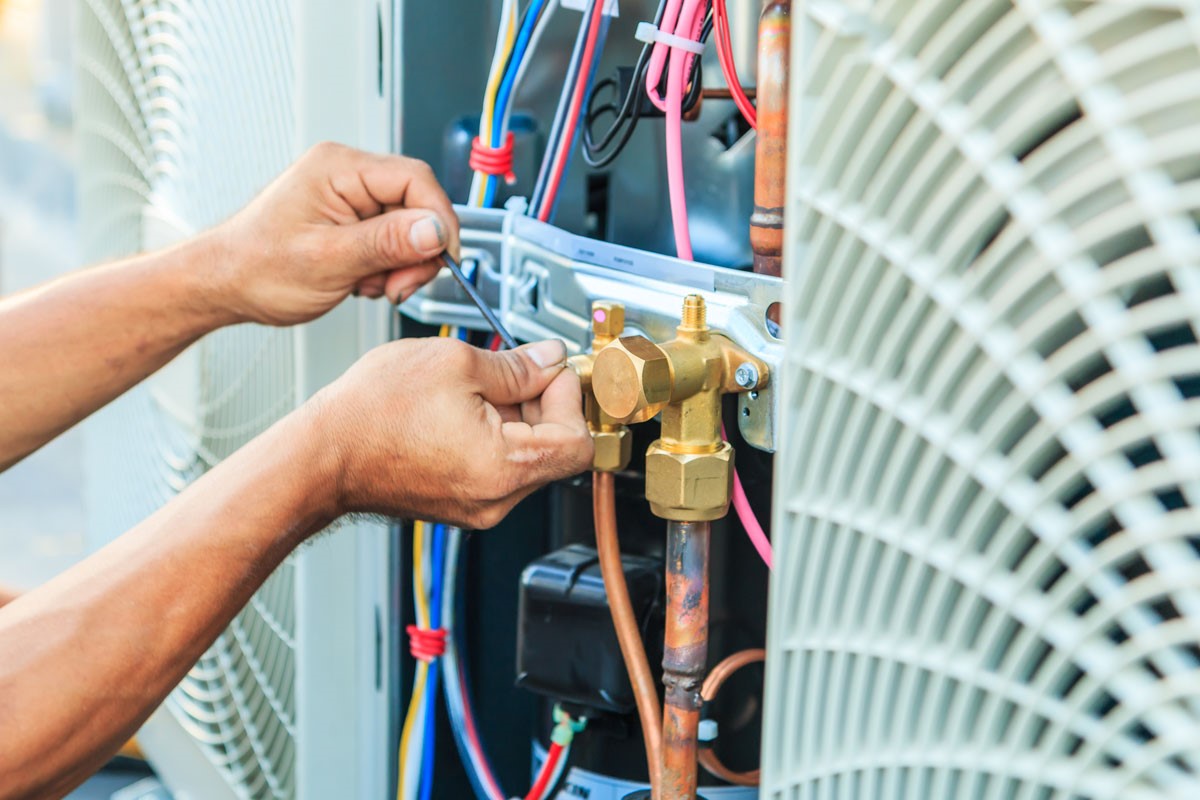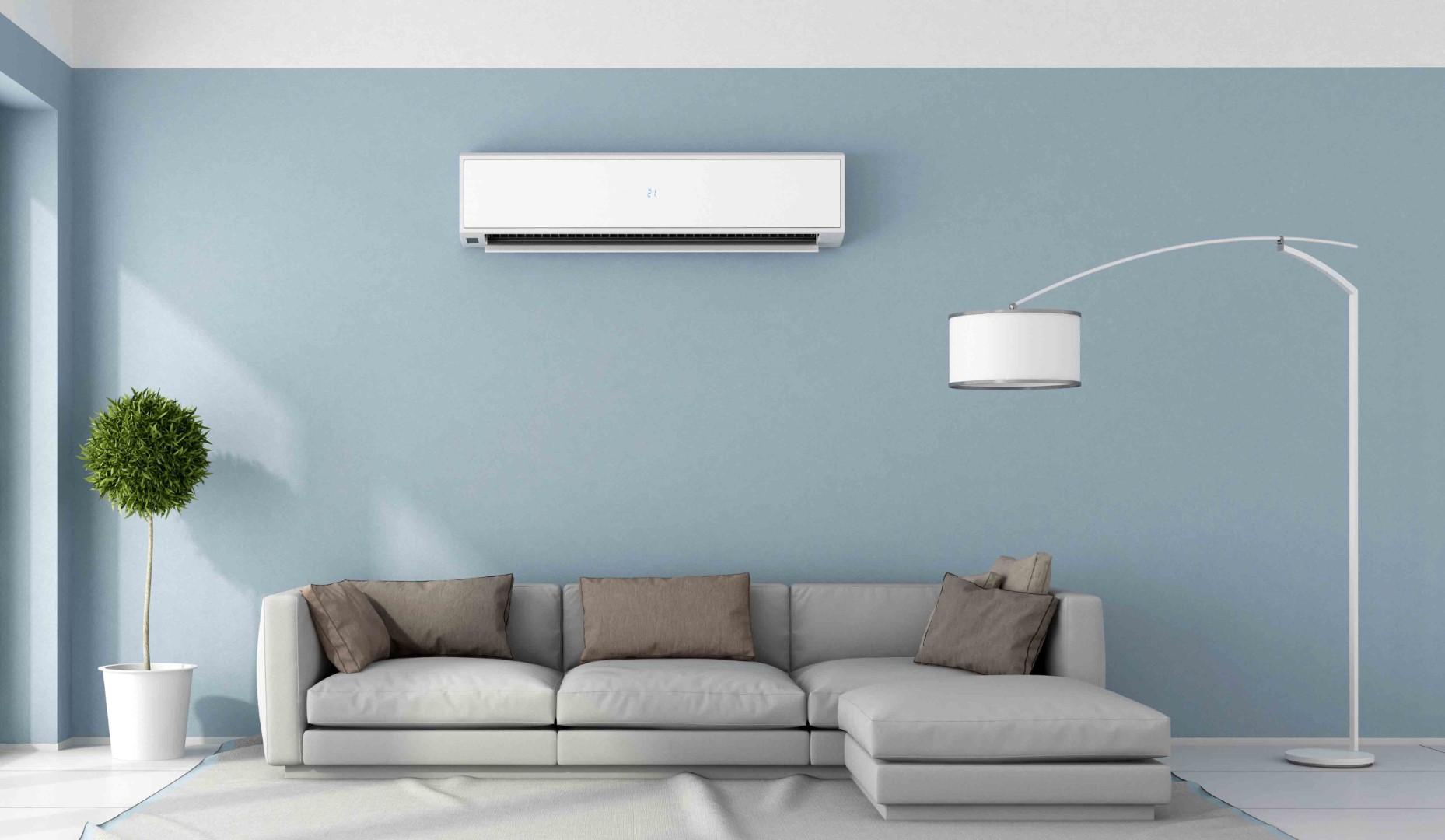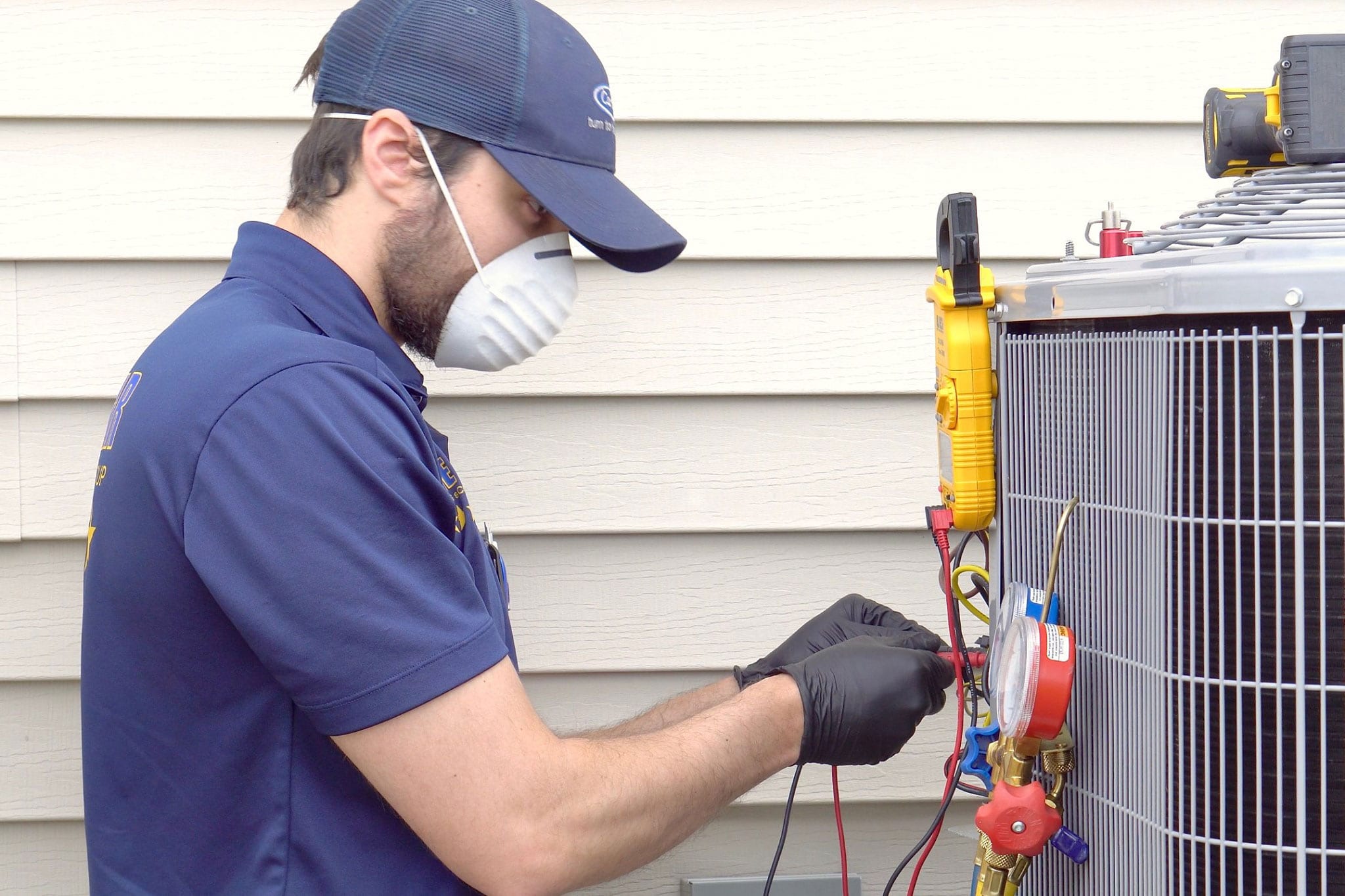If you have actually ever before experienced a scenario where the cooling in your skyscraper appeared to be blowing cozy air in spite of the thermostat being set to cool, you could be knowledgeable about among the typical troubles encountered in such frameworks.
However, this concern is simply the tip of the iceberg when it concerns the intricacies of a/c repairs in tall buildings. Comprehending the elaborate interaction between numerous aspects influencing heating and cooling systems in high-rises is essential for efficient fixing and maintenance.
Key Takeaways
- Weak air movement in high-rises indicates ductwork style problems.
- Thermostat calibration is critical for exact temperature level control.
- Refrigerant leakages impact effectiveness and call for prompt sealing.
- Correct maintenance of condensate drainage avoids clogs in tall buildings.
Inadequate Air movement
If you see weak air flow in your high-rise building, maybe a sign of underlying concerns with the cooling system. Usual reasons for poor airflow usually stem from airflow restrictions within the ductwork style. These constraints can occur due to various factors such as obstructions, incorrect sizing of air ducts, and even bends and twists in the ductwork that hamper the smooth circulation of air.
One of the main elements contributing to air flow restrictions is the design of the ductwork. Inadequately designed air duct systems can bring about uneven circulation of air throughout the building, causing certain areas obtaining not enough cooling or home heating. In addition, poor insulation or leaking air ducts can better worsen airflow concerns, creating power wastefulness and discomfort for passengers.


To deal with air movement troubles successfully, it is necessary to have actually the ductwork inspected by a specialist cooling and heating technician. They can recognize any type of restrictions, leaks, or style flaws and recommend appropriate options to optimize air flow and improve the overall efficiency of the cooling system in your skyscraper.
Thermostat Malfunctions
When experiencing thermostat breakdowns in high-rise buildings, expert intervention is necessary to guarantee the capability of the air conditioning system. Faulty wiring can result in inaccurate temperature level readings, creating irregular temperature levels throughout the structure. Sensor calibration is vital to guarantee that the thermostat accurately mirrors the ambient temperature level, stopping unnecessary cooling or heating. In addition, problems with sensor calibration can cause the system running longer than required, impacting energy performance.
To deal with thermostat malfunctions efficiently, take into consideration the following:

- Look for malfunctioning circuitry that may be triggering temperature level disparities.
- Frequently adjust sensing units to maintain exact temperature analyses.
- Maximize thermostat settings for improved energy efficiency.
- Ensure proper installation of the thermostat to stop breakdowns.
- Seek advice from heating and cooling specialists to diagnose and resolve complicated thermostat concerns immediately.
Refrigerant Leaks
Attending to refrigerant leaks promptly is essential for keeping the effectiveness of your air conditioning system in skyscrapers. Refrigerant plays a crucial role in the cooling procedure by taking in and launching warmth, however leaks can disrupt this cycle. When refrigerant leaks happen, the system's performance reduces, bring about higher power intake and reduced cooling capability. Surveillance cooling agent stress is crucial to detecting leaks early on. A decrease in pressure can suggest a leak, motivating timely fixings to stop additional damage.
Drip discovery methods such as using digital leak detectors or ultraviolet dye can assist pinpoint the source of the leakage. When identified, the leak needs to be sealed immediately to avoid refrigerant loss and guarantee the best system performance. Routine maintenance checks can likewise help protect against leakages by recognizing potential weak points in the system prior to they become major problems. By dealing with refrigerant leakages quickly and carrying out appropriate leak discovery steps, you can keep the efficiency of your air conditioning system in high-rise buildings and avoid expensive repair services down the line. https://winchmorehillacinstallation.co.uk
Unequal Air Conditioning Distribution
Maintaining regular airflow is crucial for achieving also cooling circulation in skyscrapers. When irregular air conditioning takes place, certain locations may come to be annoyingly warm while others continue to be cold, bring about renter frustration.
To address this problem efficiently, consider the following:
- Thermostat Placement: Validate thermostats lie away from heat sources or chilly drafts to accurately evaluate the temperature level and control air conditioning.
- Stabilizing Dampers: On a regular basis check and change balancing dampers to control the quantity of airflow to every location, advertising balanced cooling throughout the structure.
- Proper Insulation: Evaluate insulation around ductwork to prevent air leakage, preserving the best temperature control and effective air circulation.
- Air Filter Maintenance: Clean or change air filters regularly to stop clogs that can impede airflow and hinder also cooling circulation.
- HVAC System Zoning: Make use of zoning systems to divide the structure right into different locations with private temperature level controls, making sure each space obtains the ideal amount of cooling.
Condensate Drain Issues
Regularly examine and clear condensate drainage systems to prevent potential obstructions and assurance top working in high-rise buildings. Blocked pipes are a typical issue in cooling systems, particularly in high-rise buildings where the condensate water drainage lines can run fars away. To prevent obstructions, it's important to schedule routine maintenance checks.
Beginning by aesthetically evaluating the water drainage lines for any type of indicators of clogging or accumulation. In addition, flush the lines with a mixture of water and bleach to prevent algae and mold and mildew development, which can bring about obstructions.
Maintenance tips for condensate drainage systems include setting up a drain pan therapy to stop microbial growth, regularly altering air filters to keep correct airflow, and making sure that the water drainage lines have sufficient incline for water to stream openly.
If you observe any indications of a blocked condensate drainpipe, such as water leaks or reduced cooling efficiency, attend to the problem immediately to avoid additional damages to the a/c system. By staying aggressive with upkeep, you can protect against costly repairs and warranty efficient operation of the cooling system in high-rise buildings.
Frequently Asked Concerns
Can Air Conditioning Repairs in High-Rise Buildings Be Even More Expensive Than in Single-Family Residences or Low-Rise Structures?
Air conditioning repair work in high-rise buildings can without a doubt be more pricey compared to single-family homes or low-rise structures. The complexity of the systems and the difficulty in accessing systems in high frameworks can increase the fixing expenses.
To minimize these prices, think about routine maintenance ideas like transforming filters frequently and organizing expert evaluations. Precautionary treatment can assist determine problems early and prevent expensive repair work down the line.
Just How Can Homeowners in Skyscraper Ensure Proper Upkeep of Their Air Conditioning Equipments to avoid Common Problems?
To ensure your air conditioning system in a high-rise building runs smoothly, adhere to these upkeep pointers.
Maintain filters tidy to boost power efficiency and air top quality. Look for leaks frequently and timetable professional inspections annually. Make use of a dehumidifier to manage moisture levels.

Are There Any Kind Of Certain Obstacles or Troubles Related To Repairing A/c Solutions in High-Rise Buildings Compared to Various Other Types of Buildings?
When repairing a/c systems in high-rise buildings, there are specific obstacles to take into account. Security policies must be strictly complied with to assure the health of residents and workers.
Access challenges may arise as a result of the elevation of the building, making it more difficult to reach certain locations for maintenance.
Noise concerns are additionally widespread as the sound from the system can travel easily between floors.
Preserving energy effectiveness is crucial in these tall frameworks to keep costs down.
What Are Some Possible Long-Term Effects of Neglecting Cooling Repairs in a High-Rise Building?
If you forget a/c repair work in a skyscraper, prospective dangers can include decreased power efficiency, resulting in greater utility expenses.
In addition, bad upkeep can impact indoor air quality, causing discomfort and health issues for passengers.
It's essential to attend to these problems without delay to guarantee the correct functioning of the system and maintain a comfy atmosphere for everyone in the structure.
Are There Any Particular Regulations or Structure Codes That Govern Cooling Services in High-Rise Buildings That Citizens Should Understand?
When it pertains to cooling fixings in high-rise buildings, residents need to know specific policies and building codes. These standards regulate the upkeep of HVAC systems, ensuring safety and security and effectiveness.
Conclusion
On the whole, maintaining proper a/c in high-rise buildings can be a challenge because of usual problems like insufficient airflow, thermostat malfunctions, cooling agent leakages, uneven cooling distribution, and condensate drainage concerns.
Regular upkeep and prompt repair services are critical to guarantee the comfort and safety of owners. By addressing these concerns in a timely fashion, structure owners can prevent costly repair work and safeguard a pleasurable indoor atmosphere for all locals.
